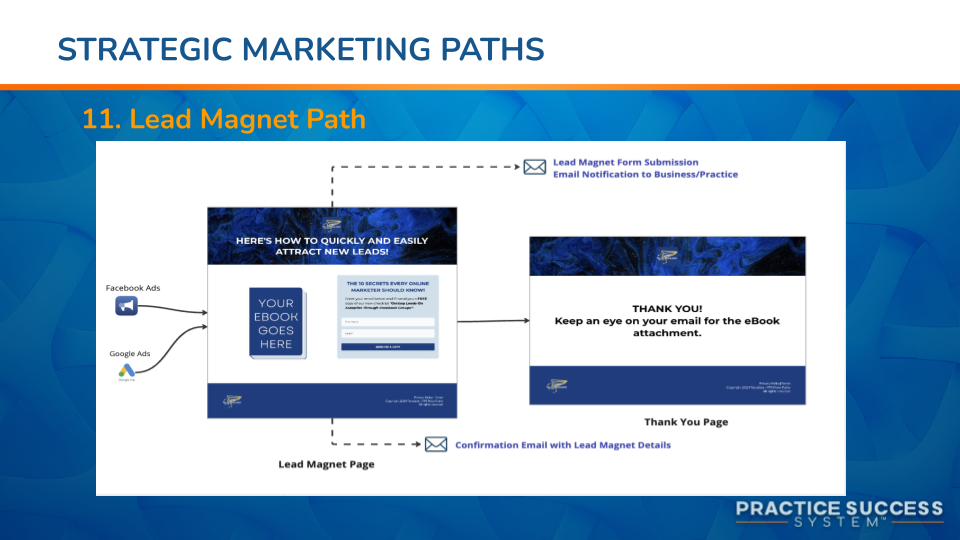At Powr Practice, we work with healthcare teams doing all the right things—building a great website, running ads, posting on social media, and showing up online.
But still, the schedule isn’t filling.
Here’s why: visibility isn’t the same as conversion. You can get all the clicks in the world, but if there’s no clear path forward, most people stop right there.
That’s where a smart, simple patient funnel makes all the difference.
Why Funnels Matter for Your Practice
A funnel is just a fancy word for a step-by-step path that turns a curious visitor into a booked appointment. When done right, it works like a digital guide—moving people from interest to action.
Most practices don’t realize how many leads they’re losing. People visit the site, skim a few pages, and bounce. Not because they’re not interested—but because they’re not guided.
So, let’s fix that.
The 4 Key Parts of a High-Converting Funnel
You don’t need anything complicated. Just four steps. Each one has a clear job to do.
1. Lead Magnet
This is the hook. It’s something helpful you offer for free in exchange for a name, email, or phone number.
What it could be:
- A free checklist (“5 Signs You Should See a Specialist”)
- A mini video or webinar
- A simple quiz (“What’s Causing Your Back Pain?”)
Why it works:
It builds trust, shows expertise, and gives you a reason to follow up.

2. Landing Page
This is a focused page where the lead magnet lives. There are no menus or distractions—just a clear headline, a short description, and a form to capture info.
What to include:
- A strong headline that speaks to a problem or desire
- A short explanation of what they’ll get
- A simple form (name, email, maybe phone)
Why it works:
It converts attention into a real contact—without confusing people.
3. Follow-Up
This is where the magic happens. After someone opts in, they should hear from you right away.
Set up an automated email or text that:
- Thank them
- Delivers the lead magnet
- Invite them to take the next step
Then, follow up again with more value and a reminder to book.
Why it works:
Most people don’t take action on the first try. Follow-up keeps your practice at the top of their mind and builds trust.
4. Booking Path
Every message should end with a clear, low-resistance next step:
- “Schedule a call now.”
- “Book your visit in 60 seconds.”
- “Click here to choose your appointment time.”
Make it simple—link directly to your online scheduler or booking form.
Why it works:
When it’s easy, people follow through.
Here’s a visual version of this funnel:
Lead Magnet → Landing Page → Follow-Up → Booking Path
Each step builds on the last—and helps turn clicks into real appointments.

Start Building Your Funnel Today
This is your next move if you’re getting attention but not getting booked.
Set up just one funnel with a lead magnet and automated follow-up. Track the results. You’ll likely see more engagement, responses, and appointments without spending more on ads.
Need help creating a funnel that fits your practice?
Visit PowrPractice.com to get started.

